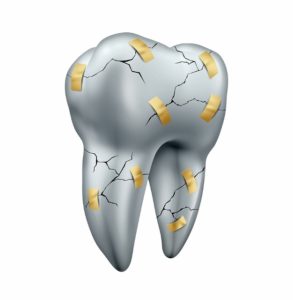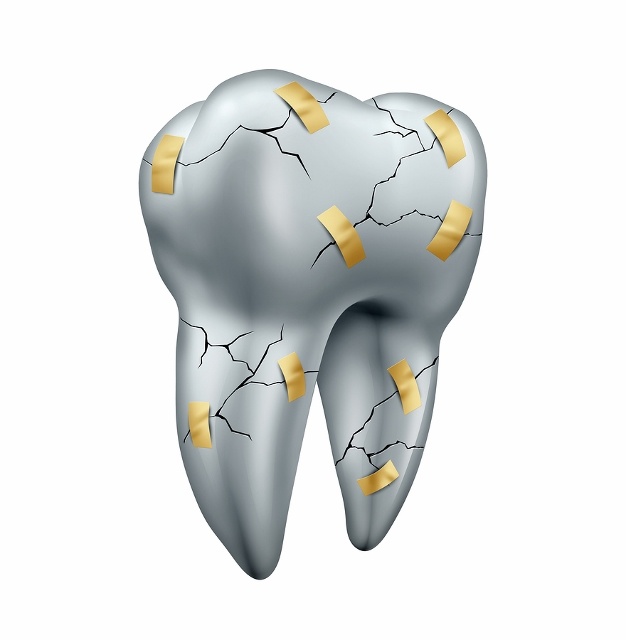Do you ever wonder why soft drinks are so bad for your teeth? I’m guessing probably not. It’s not usually the first thing you think about while enjoying your favorite beverage. The average person worries more about how many calories are in that drink, rather than what harm it could be causing their teeth.
The fact is nobody really thinks about how good or bad they’re treating their teeth on a daily basis.
Why is that?
Are we taking our teeth for granted, or are we just oblivious to what is going on in our oral environment?
In reality, it’s probably a little of both. The most common response I get when I diagnose somebody with cavities is, “I hardly eat any candies!” Well guess what! Along with candy, soft drinks contribute greatly to tooth decay, and the amount of cavities in children and adults have increased because of it. I like to think of soda as “liquid candy,” because that’s what it basically is. But before we can comprehend why sodas are so harmful to our teeth, we must first understand what teeth consist of. Teeth are made of four main components. Three of those components are important for our purpose here.
- The pulp is the inner layer of our teeth which contains the nerve and blood supply. This is where the vitality of our teeth is located. Necrosis or death of our pulp would cause our teeth to look dull and grayish in color.
- Dentin is the middle layer, which is a calcified, hard substance with microscopic channels called dentinal tubules. When cavities reach this area, we often experience tooth aches.
- Enamel is the outer layer of our teeth and the hardest substance of the body. The enamel doesn’t contain any nerve endings, which is why small cavities in this area are not felt.
So if enamel is the hardest substance of the body, why should we be so afraid of a little sugary liquid? To answer that question, we must know a little about the physiology of our enamel.
 At a microscopic level, enamel is very dynamic and goes through many changes. It is constantly put under stress, and it goes through cycles of mineralization and demineralization. Depending on the acidity of the oral environment, the chemical structure of enamel can be greatly affected. Enamel breaks down in acidic environments with a pH level less than 5.5. Anything higher than that value will allow the enamel to repair itself, given the right minerals available. So if our oral cavity is constantly in an acidic state less than 5.5, our enamel will continue to break down without ever having the opportunity to fix itself.
At a microscopic level, enamel is very dynamic and goes through many changes. It is constantly put under stress, and it goes through cycles of mineralization and demineralization. Depending on the acidity of the oral environment, the chemical structure of enamel can be greatly affected. Enamel breaks down in acidic environments with a pH level less than 5.5. Anything higher than that value will allow the enamel to repair itself, given the right minerals available. So if our oral cavity is constantly in an acidic state less than 5.5, our enamel will continue to break down without ever having the opportunity to fix itself.
What does this have to do with our soft drinks? Great question!
The short answer, is that all soft drinks are extremely acidic. The pH values range between 2.5 to 4.3, depending on which one you choose. Drinking a soda with a meal would probably take about 30 minutes. In those 30 minutes, and maybe even a little longer than that, your teeth are being exposed to an acidic environment and are breaking down. Your saliva acts as a buffer and eventually brings the oral environment back to levels above the critical value. That’s why saliva is so important, and people with chronic dry mouth have a higher incidence of cavities.
Additionally, the sugar in soft drinks interacts with the living bacteria surrounding your teeth and creates lactic acid. The lactic acid demineralizes and softens the enamel, which allows bacteria to further invade the teeth. This process continues until the bacteria finally reach the dentin and cause a toothache. In more severe cases, bacteria reach the pulp and destroy the nerve and blood supply. Many of these cases lead to major infections, called an abscess, and may result in a root canal or even a tooth extraction.
There is nothing soft about our soft drinks!
What we are drinking can be extremely hard on our teeth. So the next time you think about reaching for your favorite beverage, maybe think about water instead!





Recent Comments